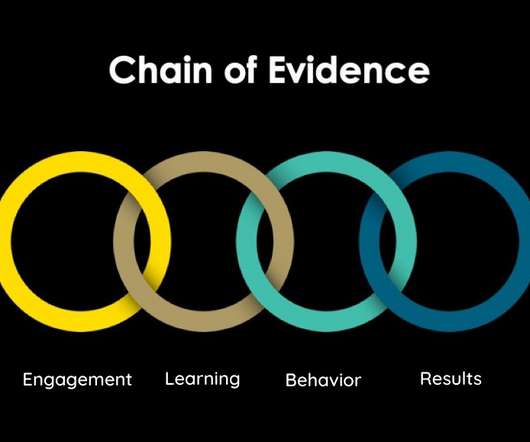Evaluate the Efficacy of Corporate Training Program Efficiently with Kirkpatrick Model
Tesseract Learning
APRIL 14, 2022
This article will explore the Kirkpatrick Model for the efficacious evaluation of corporate training. The Kirkpatrick Model, which is globally recognized, can be used to assess the efficacy of the eLearning module. Kirkpatrick Model. The Kirkpatrick model helps evaluate the effectiveness of the training within an organization.


























Let's personalize your content